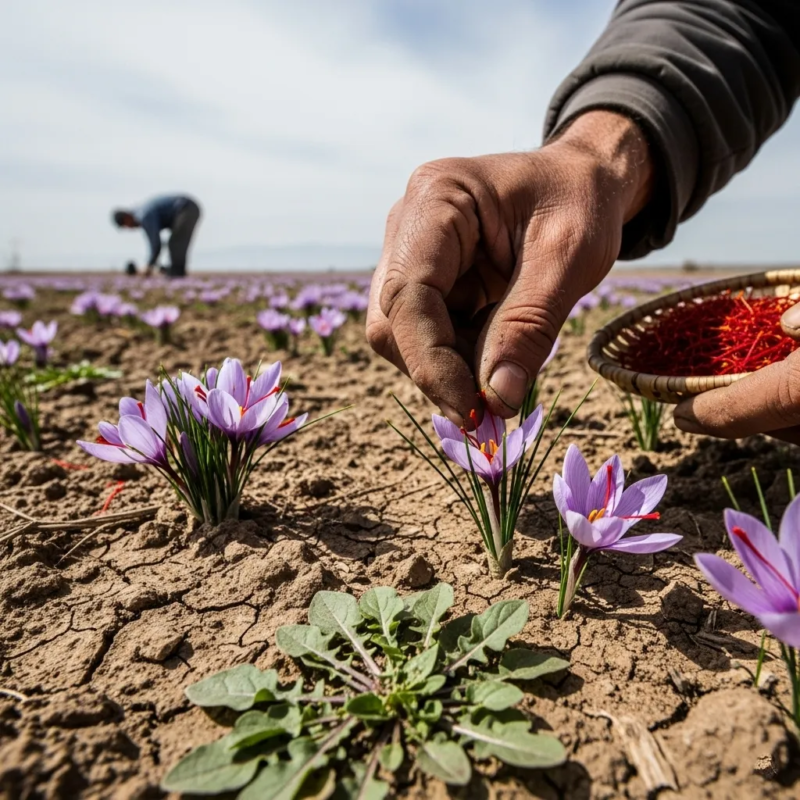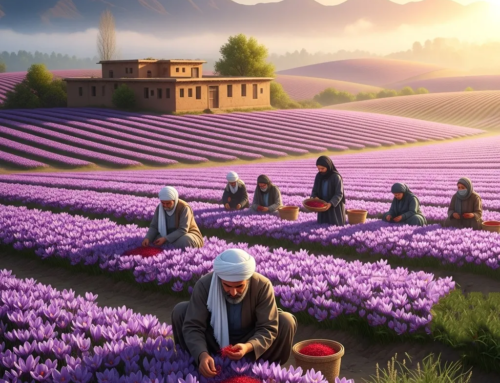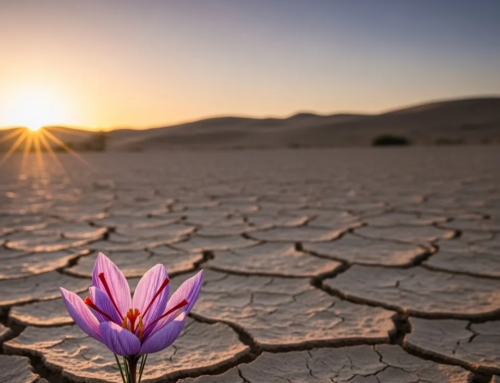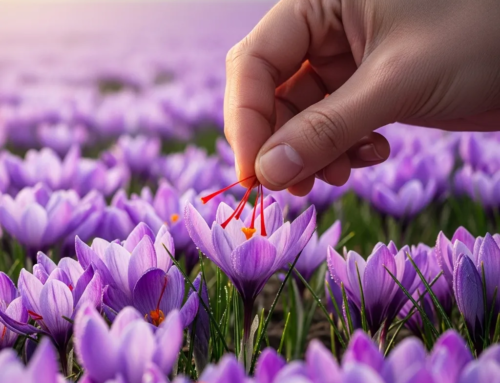Challenges of Growing Saffron: Why Is Saffron Hard to Grow?
The challenges of growing saffron are what make this spice one of the most expensive and rare in the world. Saffron requires specific climate conditions, careful attention to detail during harvest, and protection from pests and diseases, all of which contribute to its difficulty in cultivation. In this article, we’ll explore why saffron is so hard to grow and what makes it a unique crop.
Climate Requirements for Saffron Growth
Saffron crocus, the flower that produces saffron threads, requires a very particular climate to thrive. It needs a dry, sunny environment with well-drained soil and mild temperatures. Growing saffron is challenging in areas with high humidity or extreme rainfall, as the plant is highly susceptible to fungal infections and rotting. This specific climate makes saffron cultivation more difficult and limits the regions where it can be successfully grown.
The Labor-Intensive Harvesting Process
One of the biggest reasons saffron is so expensive and hard to grow is due to the labor-intensive harvesting process. Each saffron flower produces only three red stigmas, which are the valuable saffron threads. These threads must be carefully hand-picked, and it takes tens of thousands of flowers to produce just one pound of saffron. The harvesting process is not only time-consuming but also requires great precision to avoid damaging the delicate flowers.
Vulnerability to Pests and Diseases
Saffron plants are also vulnerable to pests and diseases, which can significantly reduce crop yields. Pests such as aphids and rodents are attracted to saffron plants, and fungal infections can quickly spread in humid conditions. This makes saffron cultivation particularly risky for farmers, as they must constantly monitor and protect their crops from potential threats.
Soil Quality and Watering Needs
The soil in which saffron is grown must be rich in nutrients and well-drained. Overly wet soil can cause the bulbs to rot, while poor soil can lead to poor-quality crops. Saffron also requires very specific watering conditions, as the bulbs need a dry period to bloom effectively. This combination of soil and water requirements adds to the difficulty of cultivating saffron successfully.
The Cost of Growing Saffron
Given the specialized climate, labor-intensive harvesting, and vulnerability to pests and diseases, saffron cultivation can be costly. Farmers must invest in high-quality soil, careful irrigation systems, and pest control measures. This makes the overall cost of producing saffron higher, further contributing to its rarity and high market price.
Conclusion: Saffron’s Rarity and Value
The difficulty in growing saffron is what makes it so rare and valuable. From its unique climate requirements to the meticulous harvesting process, cultivating saffron is no easy feat. As a result, saffron remains one of the most expensive and sought-after spices in the world. Understanding the challenges involved in saffron cultivation highlights just how remarkable this spice truly is.
For more information about high-quality saffron, feel free to visit our selection of all-red saffron.
We hope this article gives you a deeper appreciation for the effort and expertise required to produce saffron. As always, enjoy saffron in moderation to make the most of its unique flavor and health benefits.








Get Social